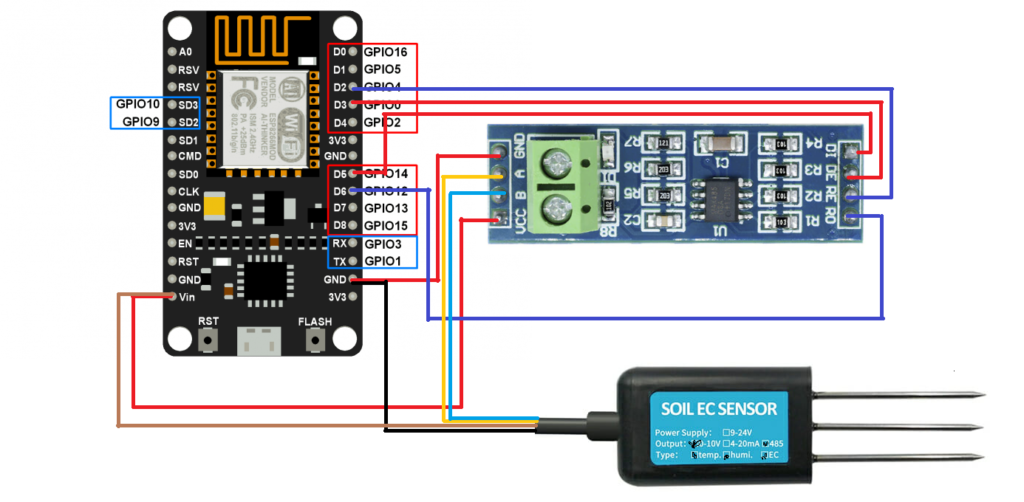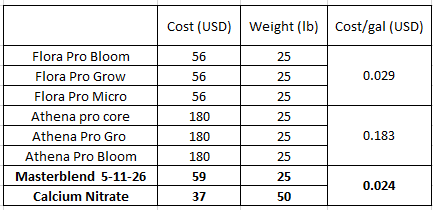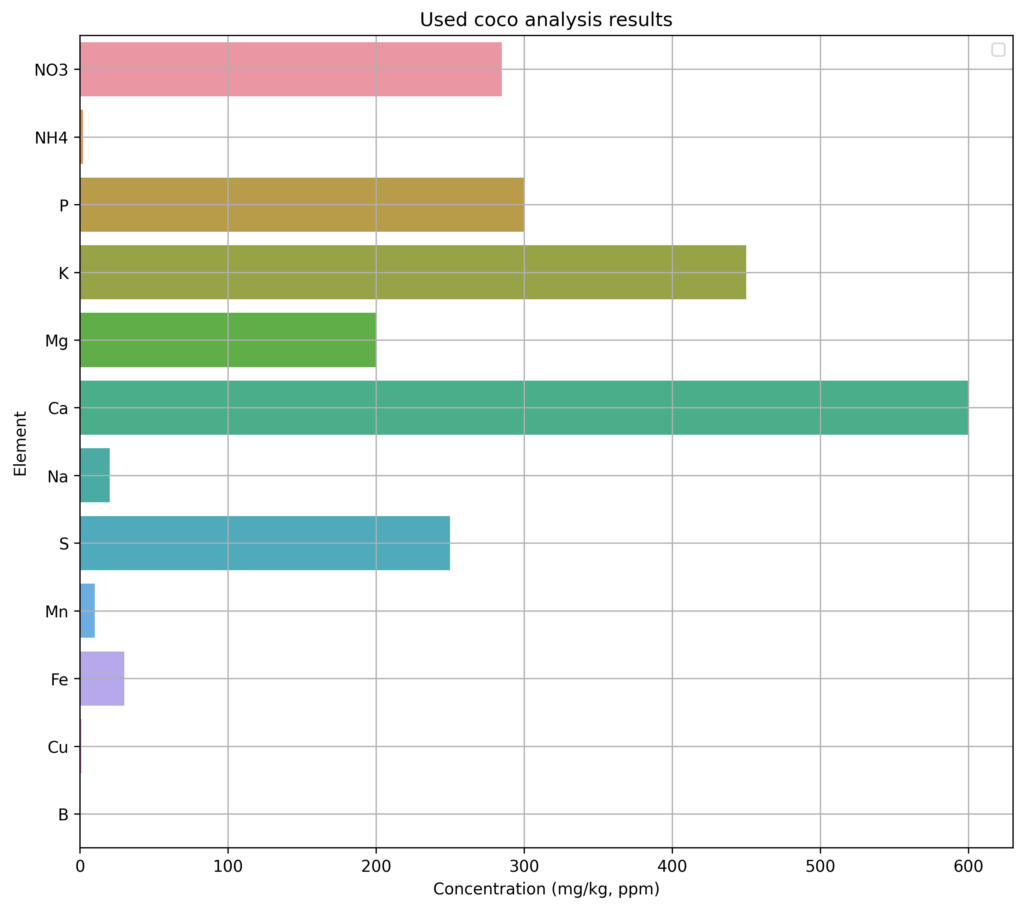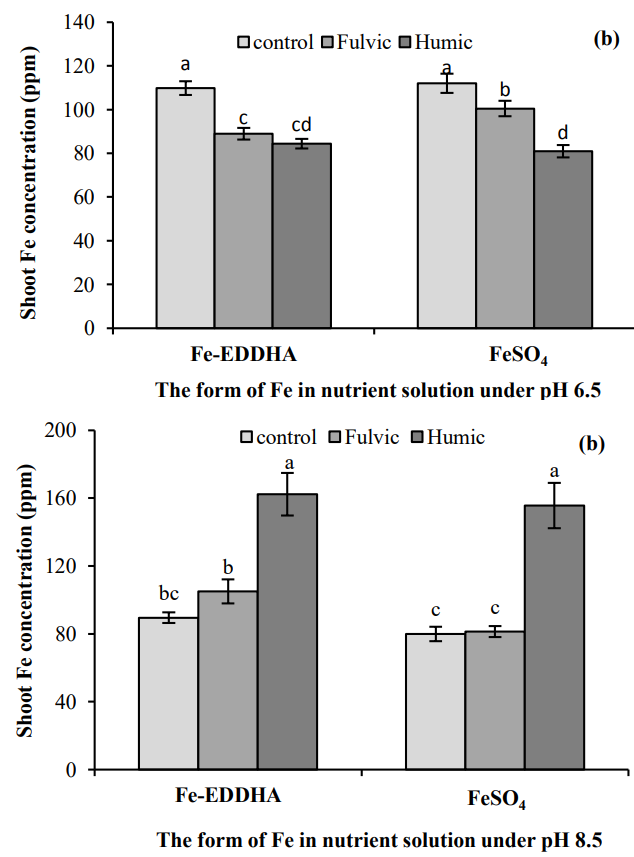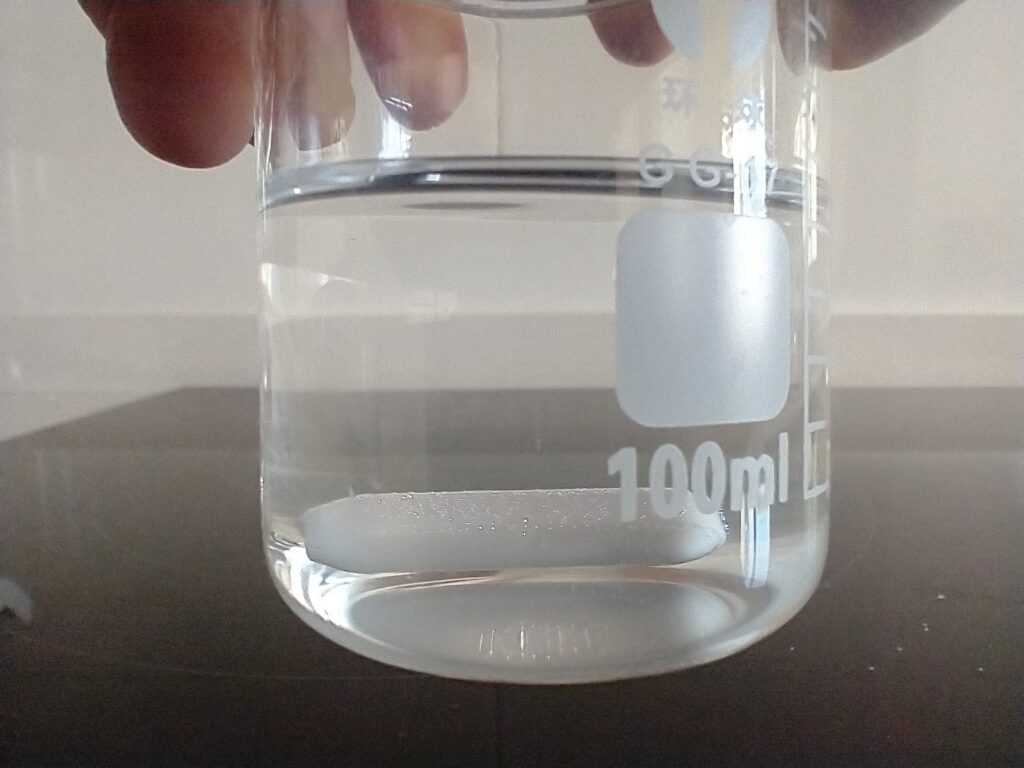Cobalt in hydroponics as a biostimulant
People ask about dosing cobalt in recirculating systems to “stimulate” growth or flowering. For the crops that matter in hydroponics and soilless culture, peer-reviewed work does not show reliable growth or yield benefits from adding cobalt to the solution. What the literature does show is straightforward: cobalt is readily taken up at low ppm, it inhibits ethylene biosynthesis at pharmacological doses, and it becomes toxic fast when you push concentration. The burden of proof for agronomic benefit is still unmet. Below I summarize what high-quality studies in hydroponics and soilless systems actually report.

What cobalt does in plants
Cobalt is not established as essential for most higher plants. It is essential for N-fixing microbes and therefore matters in legumes, but for tomato, cucumber, lettuce and the like, its status is “potentially beneficial at very low levels, toxic at modest excess.” A recent review frames this clearly and compiles transport and toxicity data across species (Frontiers in Plant Science, 2021).
A second, practical point is mechanism. Cobalt ions inhibit ACC oxidase, the last step in ethylene biosynthesis. That is why physiologists use cobalt chloride in short, high-dose treatments to suppress ethylene responses in experimental tissues. Classic work documents this inhibition in cucumber and other plants (Plant Physiology, 1976).
Ethylene inhibition can, in principle, delay senescence or alter stress signaling. The catch is dose. The amounts that clearly block ethylene in lab tissues are usually far above what you want sloshing around a long-cycle greenhouse system, and benefits rarely translate to whole plants under production conditions.
What happens in hydroponics and soilless systems
Tomato
Nutrient solution exposure, subtoxic range
Tomato grown hydroponically with cobalt at 0.30 ppm and 1.18 ppm showed strong root retention and limited shoot transfer. This is uptake behavior, not a biostimulant response, and the authors did not report yield benefits. The forms used were cobalt(II) salts in solution culture (Environmental Science & Technology, 2010).
Toxicity under higher exposure
A hydroponic study imposed severe cobalt stress at 23.57 ppm and observed depressed biomass, disrupted water status, chlorophyll loss and oxidative damage in tomato. Cobalt was supplied as cobalt chloride in the nutrient media. Plant growth regulators mitigated symptoms but did not make cobalt itself beneficial (Chemosphere, 2021).
Lettuce
Toxicity in greenhouse hydroponics with inert media
Iceberg lettuce grown in a perlite based hydroponic system suffered growth and pigment losses at 11.79 ppm cobalt. Cobalt was added as cobalt salt to a modified Hoagland solution. The same paper showed nitric oxide donor treatments could blunt the damage, which again argues cobalt at this level is a stressor, not a stimulant (Chilean Journal of Agricultural Research, 2020)
Cucumber
Mechanistic ethylene work, not production benefit
Multiple peer-reviewed studies in cucumber use cobalt chloride as an ethylene biosynthesis inhibitor in explants or short assays. These demonstrate the mechanism but are not agronomic validations for dosing cobalt into a recirculating system for weeks (Plant Physiology, 1976; Forests, 2021).
Summary table of relevant studies in hydroponics and soilless culture
| Crop | System | Cobalt form | Solution cobalt (ppm) | Exposure description | Main outcome |
| Tomato | Aerated nutrient solution | Co(II) in solution culture | 0.30 and 1.18 | Whole plants in controlled hydroponics | Strong root retention, limited shoot transport; no biostimulant effect reported. ES&T 2010 PubMed |
| Tomato | Hydroponic solution, stress test | Cobalt chloride | 23.57 | Whole plants, growth regulators tested for mitigation | Marked toxicity: biomass and chlorophyll decreased, oxidative stress increased. Chemosphere 2021 |
| Lettuce | Perlite + recirculating solution | Cobalt salt in modified Hoagland | 11.79 | Greenhouse hydroponics with inert media | Significant growth and pigment losses at this dose; NO donor partially mitigated damage. Chilean J. Agric. Res. 2020 |
| Cucumber | Short mechanistic assays | Cobalt chloride | used as ethylene inhibitor in short assays | Explants or detached tissues | Confirms ethylene inhibition by Co²⁺; not a production recommendation. Plant Physiology 1976 |
So is cobalt a biostimulant in hydroponic vegetables
For tomato, cucumber and lettuce grown hydroponically or in soilless culture, peer-reviewed journal data do not support cobalt as a legitimate biostimulant input. You can inhibit ethylene transiently with cobalt chloride in lab tissues, but that is not a recipe for higher yield in a recirculating system. The agronomic studies that actually dose solutions show either neutral responses at sub-ppm levels or clear toxicity when you push into low double digits. The general biology context from a recent cobalt review matches this picture and does not contradict it (Frontiers in Plant Science, 2021).
Practical guidance for hydroponic and soilless growers
Default practice
Do not add cobalt intentionally to non-legume hydroponic recipes. There is no reproducible benefit and real risk of toxicity in the low tens of ppm, with lettuce showing damage already at ~12 ppm and tomato at ~24 ppm under hydroponic conditions. (see here, or here)
If you want to experiment
Keep total cobalt in solution at sub-ppm levels and treat it as a research trial, not a production strategy. Track solution cobalt with ICP if you can. The only peer-reviewed hydroponic tomato data near this range are 0.30 to 1.18 ppm, which documented transport behavior, not stimulation.
Forms used in the literature
Cobalt chloride is the dominant form when researchers test ethylene inhibition or impose cobalt stress. Cobalt sulfate also appears in some soilless protocols. Neither form has peer-reviewed evidence of yield stimulation in hydroponic tomato, cucumber or lettuce. (see here or here)
Legumes are the exception
Cobalt matters indirectly via N-fixing symbionts. If you are growing legumes in soilless systems, cobalt management belongs in the microbial nutrition discussion, not as a general biostimulant for non-legumes (see here).
| Crop | “Stimulant” claim in journals | Reported beneficial window | Toxicity begins around | Notes |
| Tomato | None in hydroponic journals | None demonstrated | ~23.6 ppm in nutrient solution | Sub-ppm exposures documented uptake with no benefit. ES&T 2010; Chemosphere 2021 |
| Lettuce | None in hydroponic journals | None demonstrated | ~11.8 ppm in nutrient solution | Damage includes biomass and chlorophyll loss in greenhouse hydroponics. Chilean J. Agric. Res. 2020 |
| Cucumber | Mechanistic ethylene inhibition only | Not applicable | Not defined for production, lab tissues often use high short-term doses | CoCl₂ used to block ethylene in explants; not a production recommendation. Plant Physiology 1976 |
Bottom line
If you grow tomato, cucumber or lettuce in hydroponics or inert media, cobalt is not a proven biostimulant. At sub-ppm levels you might see nothing. Push it into the low tens of ppm and you will see toxicity. The only unequivocal “effect” you can count on is ethylene inhibition during short, high-dose laboratory treatments with cobalt chloride, which is not a safe or sensible production tactic. Until robust, peer-reviewed hydroponic trials show yield or quality gains at practical ppm, the rational move is to leave cobalt out.




